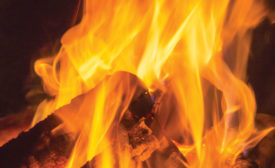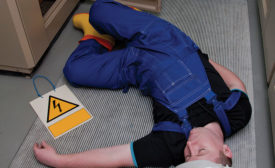ARTICLES
Excessive loads & bad weather can lead to falls
Read More
Report from ASSE
How do you become a safety business partner?
And why should you?
June 9, 2015
From Safety 2015
Understanding and influencing risk tolerance
Why did the worker do that?
June 9, 2015
Electrical Safety: A shockingly common hazard
Preventable tragedies show need for electrical safety
May 27, 2015
Electrical Safety: A shockingly common hazard
Preventable tragedies show need for electrical safety
May 1, 2015
Never miss the latest news and trends driving the safety industry
eNewsletter | Website | eMagazine
JOIN TODAYCopyright ©2024. All Rights Reserved BNP Media.
Design, CMS, Hosting & Web Development :: ePublishing








